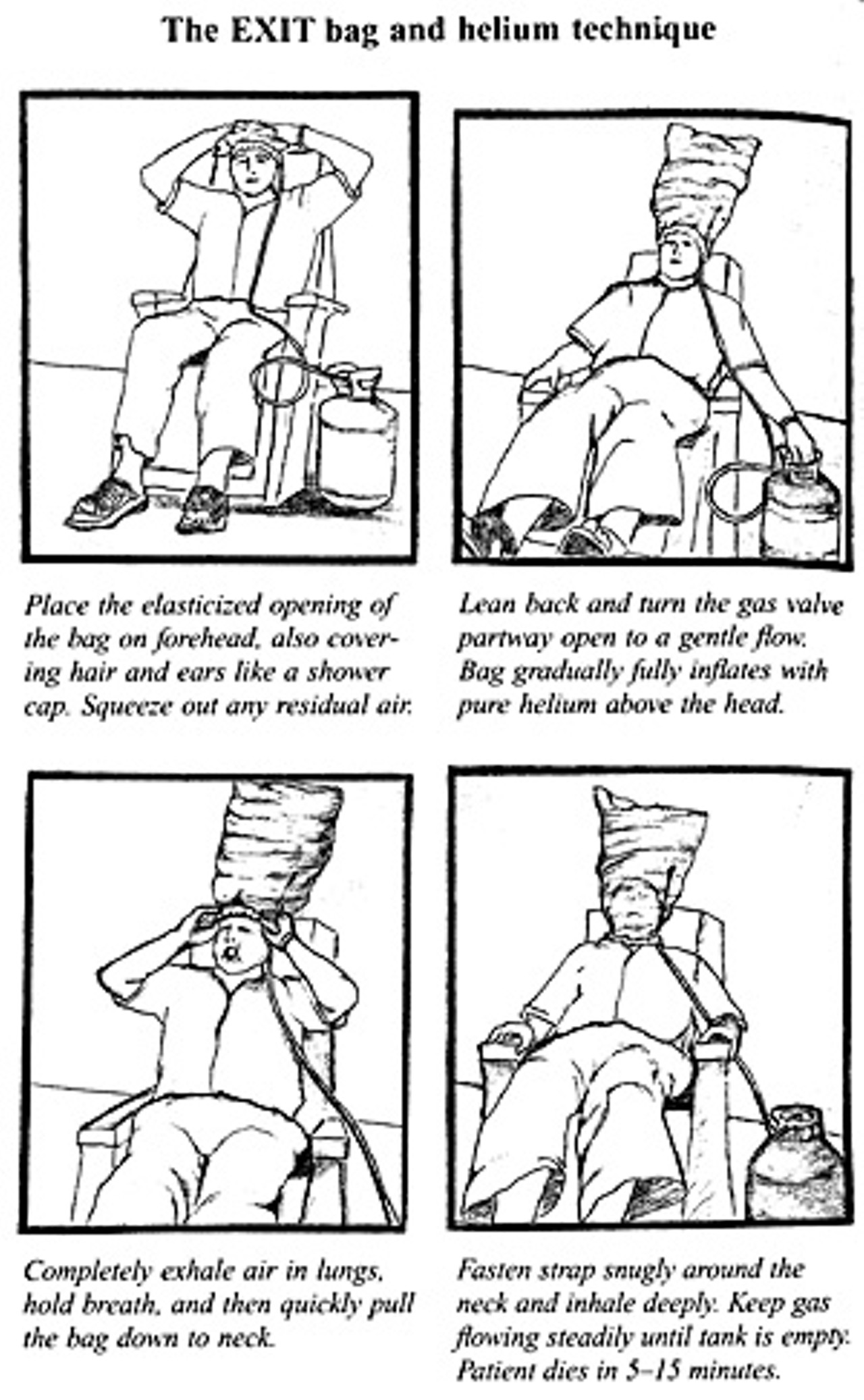
The use of firearms is particularly prevalent among veterans, with approximately 41% of female and 68% of male suicide deaths resulting from a firearm. More than half of male suicides are firearm-related (NCHS, 2016).Īlthough individuals who own firearms are not more likely than others to have a mental disorder or to have attempted suicide, the risk of a death is higher among this population because individuals who attempt suicide using a firearm are more likely to die in their attempts than those who use less lethal methods. A substantial proportion of Americans-over 50% in some states-live in households with guns and may not need to purchase a new firearm to carry out a violent act (Swanson et al., 2015). Household gun ownership rates are a significant positive predictor of both homicide and suicide. Access, availability, and social acceptability of certain suicide methods and some location-specific factors such as access to firearms or tall buildings can factor into the choice of a lethal means (Sun & Jia, 2014). Nonviolent methods include ingestion of pesticides, poison by gases, suffocation, and overdose. Violent methods can include firearms, cutting or piercing with a sharp object, hanging, jumping from high places, or stepping in front of a train or other vehicle.


Lethal means can be divided into two main categories: violent and nonviolent methods. Lethal means are items or actions that might be used in a suicide attempt that are likely to result in death.


 0 kommentar(er)
0 kommentar(er)
